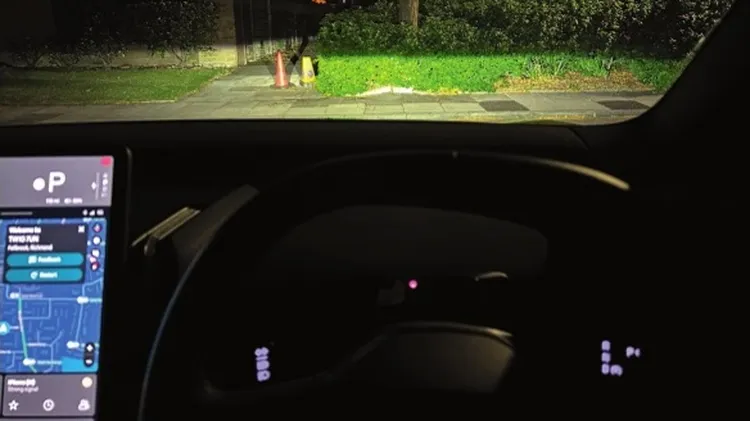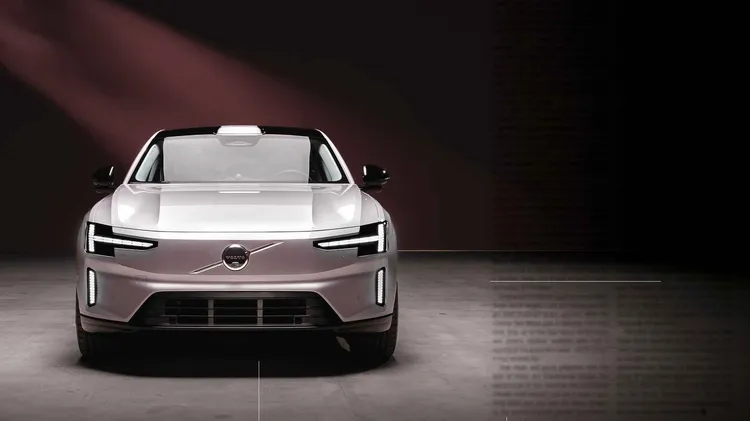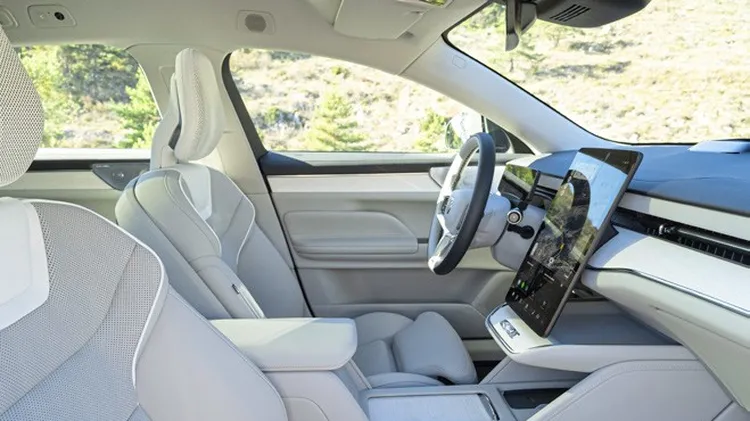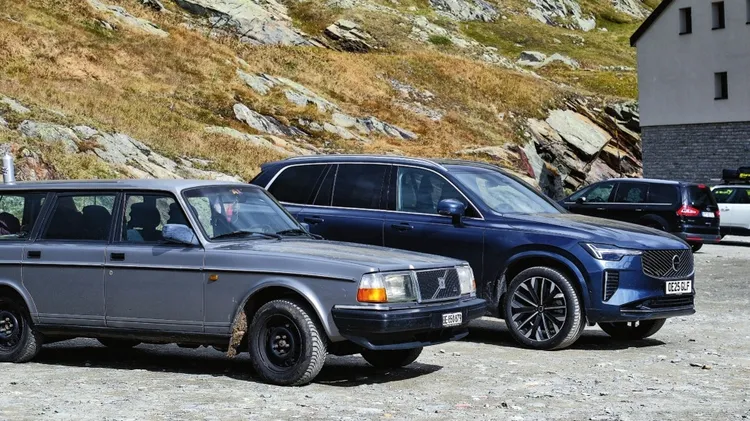REPORT We witness Swedish brand crash t
Volvo shifts focus to crash-avoidance tech in its cars
4 min read
This article is from...
Read this article and 8000+ more magazines and newspapers on Readly






